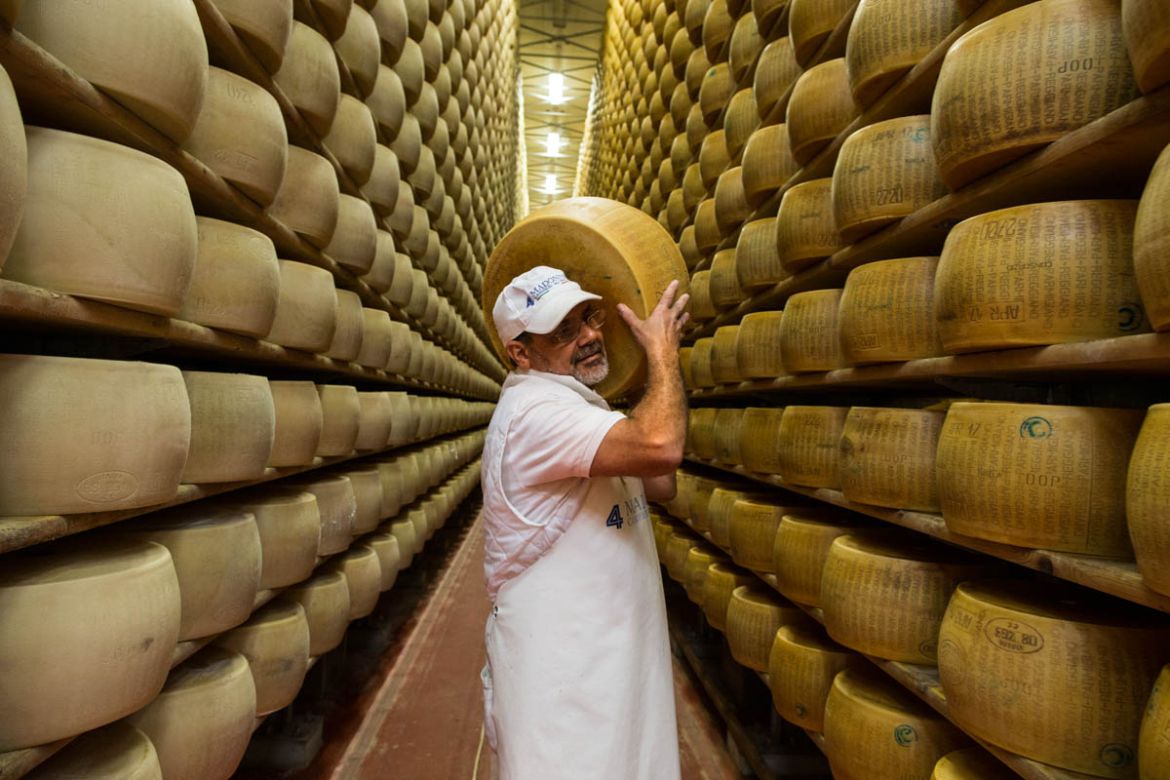Meet the Cheese Makers Melbourne Trusts: The Tradition of Floridia Cheese Thomastown
Meet the Cheese Makers Melbourne Trusts: The Tradition of Floridia Cheese Thomastown
Blog Article
Unlocking the Secrets of Artisanal Cheese Making: A Detailed Do It Yourself Guide
In the world of culinary workmanship, artisanal cheese making stands as a testament to the fragile equilibrium in between tradition and innovation. Each action in the process, from selecting the ideal milk to developing aging strategies, holds within it a wealth of knowledge gave via generations. As we begin on this trip to demystify the art of developing beautiful cheeses, we are faced with a tapestry of keys and skills waiting to be deciphered. Join us as we discover the details of this ancient craft, where persistence, scientific research, and art assemble to generate flavors that tantalize the senses.
Picking the Right Milk
When getting started on the trip of artisanal cheese making, the option of milk plays a vital duty in determining the high quality and features of the last product. The type of milk selected influences the flavor, texture, and in general account of celebrity. Raw milk, right from the animal, is preferred by several artisanal cheesemakers as a result of its unique blend of enzymes, germs, and taste substances. Making use of raw milk comes with guidelines and dangers, making sterilized milk a more secure choice for newbies.
Additionally, the source of the milk, whether from cows, goats, sheep, or buffalo, adds distinct tastes and attributes to the cheese. Each type of milk brings its own subtleties, allowing for a broad variety of cheese selections to be crafted based on the picked milk.
Culturing and Coagulating
To start the cheese-making process, the critical actions of culturing and coagulating should be thoroughly carried out to transform milk into curds and whey. Culturing includes presenting advantageous microorganisms to the milk, which then starts the fermentation process. These bacteria convert lactose (milk sugar) right into lactic acid, producing the acidic setting required for coagulation. The sort of society utilized can substantially impact the flavor, texture, and ripening of the last cheese product.

The timing and temperature control during culturing and coagulation are critical factors that affect the last end result of celebrity. Correct execution of these actions is important to guarantee the preferred texture, taste, and consistency of the artisanal cheese being produced.
Draining Pipes and Pressing Curds
After the milk proteins have coagulated and the curds have been reduced to release whey, the next vital action in artisanal cheese making involves draining and pushing the curds to attain the wanted structure and consistency of the final cheese item. Draining is the procedure of dividing the curds from the whey. This can be done by moving the curds right into a cheesecloth-lined colander or mold and enabling the whey to drain off naturally. The moment for draining pipes can differ depending upon the kind of cheese being made and the preferred dampness web content.
Once the curds have sufficiently drained, the following action is pushing. Pushing assists get rid of any type of staying whey and compacts the curds to develop a solid cheese wheel. Pressing can be done using specialized cheese presses that use mild and constant stress over a period of time. The duration and stress applied throughout pushing will certainly affect the final texture of celebrity, from velvety and soft to difficult and company. Appropriate draining and pressing are essential steps that significantly affect the top quality and attributes of the artisanal cheese being generated.
Aging and Flavoring Strategies
Carrying out thorough aging and flavoring techniques is essential in improving the deepness straight from the source and complexity of artisanal cheeses, elevating their taste accounts to splendid levels of refinement and elegance. Aging plays a critical duty in creating the distinct tastes and structures that identify artisanal cheeses. During the aging procedure, cheeses are stored in very carefully managed environments where aspects such as moisture, air movement, and temperature level are manipulated to urge the growth of useful great site mold and mildews and microorganisms. This regulated setting enables celebrity to develop gradually, developing rich flavors and complex fragrances.
Seasoning techniques likewise contribute substantially to the final preference of artisanal cheeses. Cheesemakers may pick to introduce added tastes by integrating components such as herbs, spices, or perhaps fruits into celebrity during the production process. Furthermore, some cheeses are washed or scrubed with numerous liquids, such as brine or alcohol, to boost their structures and flavors.
Covering and Keeping Cheeses

Conclusion
In conclusion, understanding the art of artisanal cheese making includes meticulously choosing the appropriate milk, complying with accurate culturing and coagulating procedures, draining and pressing curds properly, and making use of numerous aging and flavor methods. By following these steps diligently and with focus to detail, you can produce your own tasty and one-of-a-kind cheeses at home. Remember to cover and keep your cheeses effectively to ensure optimal taste and texture advancement. Happy cheese making!
Each kind of milk brings its own subtleties, allowing for a broad array of cheese varieties to be crafted based on the selected milk.After the milk healthy proteins have actually coagulated and the curds have actually been cut to release whey, the following vital action in artisanal cheese making includes draining and pushing the curds to accomplish the desired structure and consistency of the last cheese product. Most cheeses must be covered in wax paper or cheese paper to permit them to additional resources take a breath while safeguarding them from drying out. For cheeses that need to proceed aging, such as bloomy rinds or washed rinds, ensure they are stored in a great atmosphere like a cheese cave or a refrigerator established to the appropriate temperature. By paying focus to the covering and storage of artisanal cheeses, cheese makers and lovers can maintain the integrity of these delicacies and fully enjoy their complex flavors.
Report this page